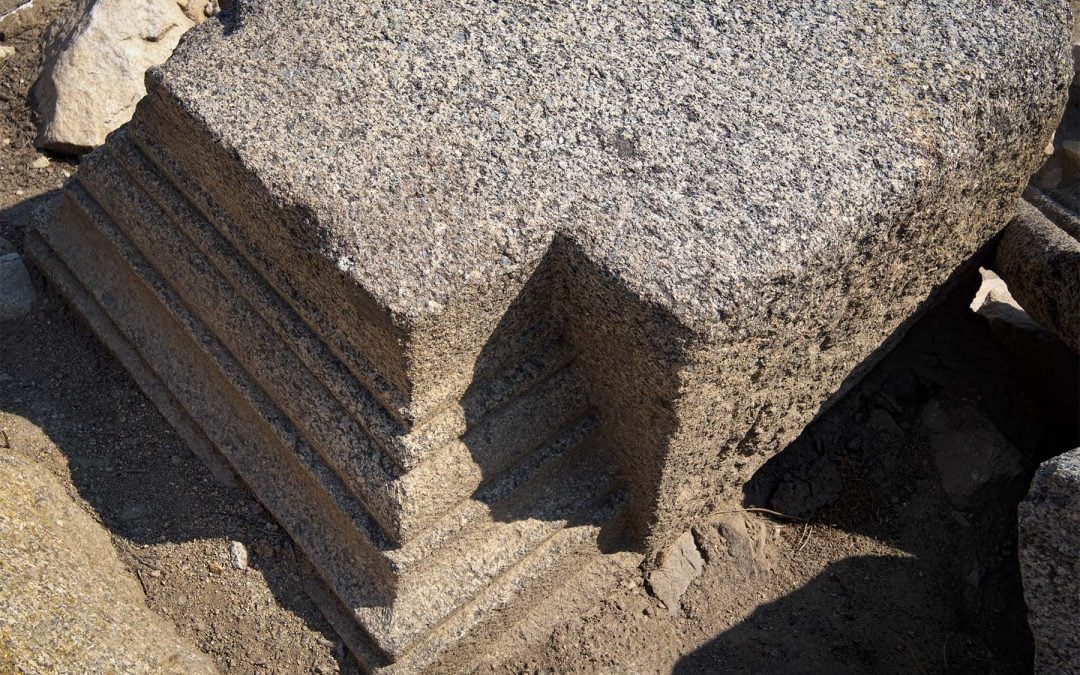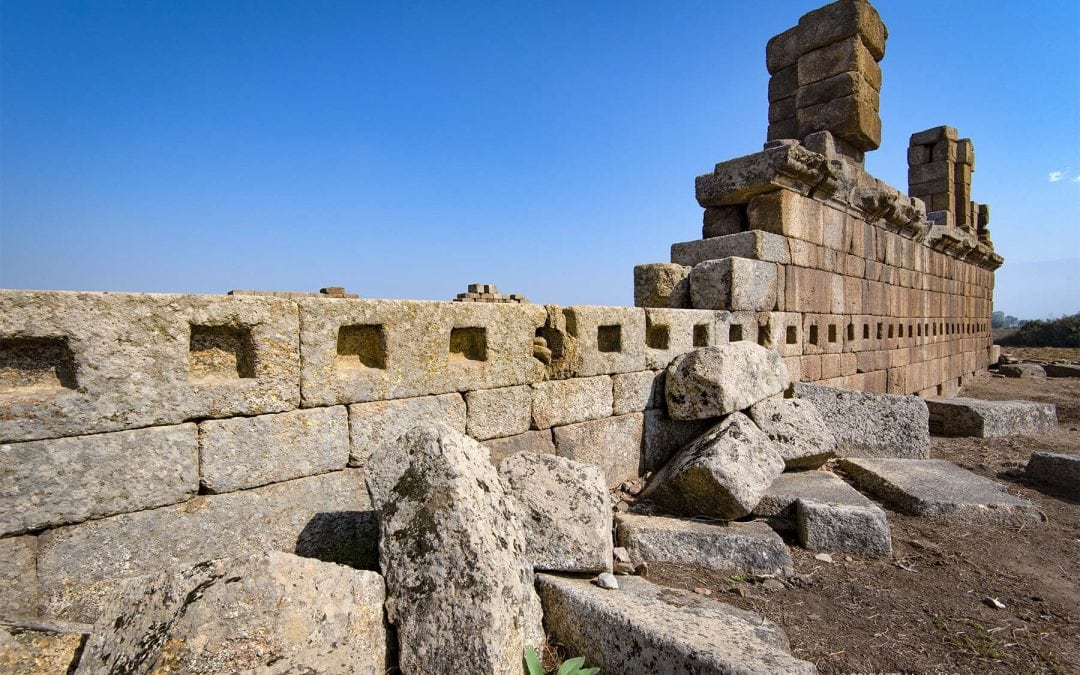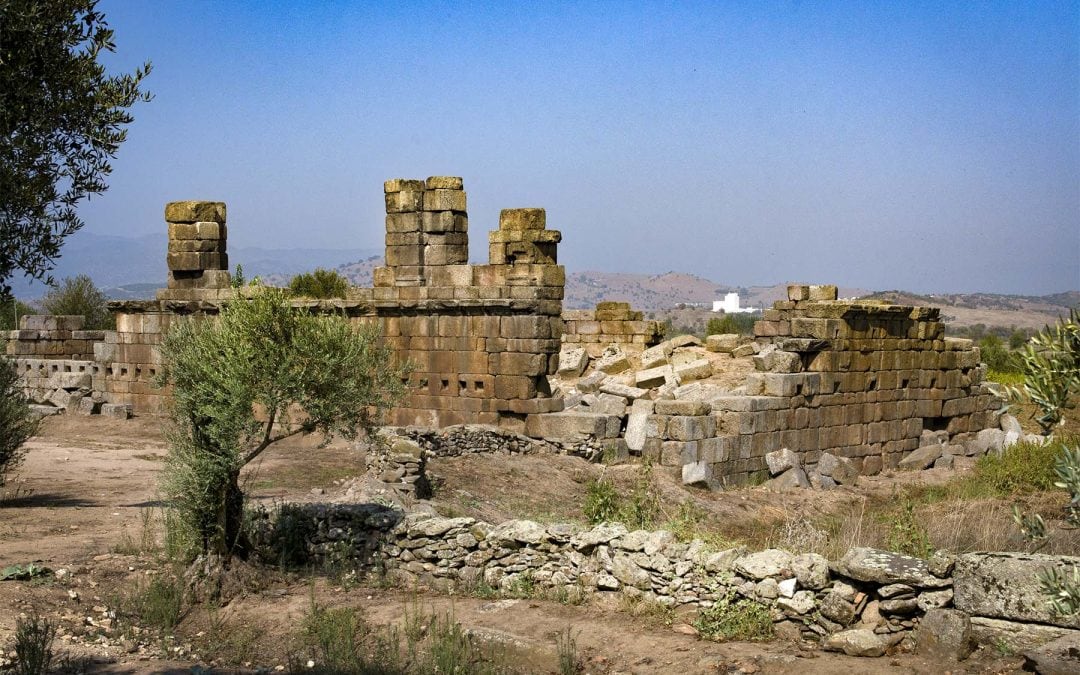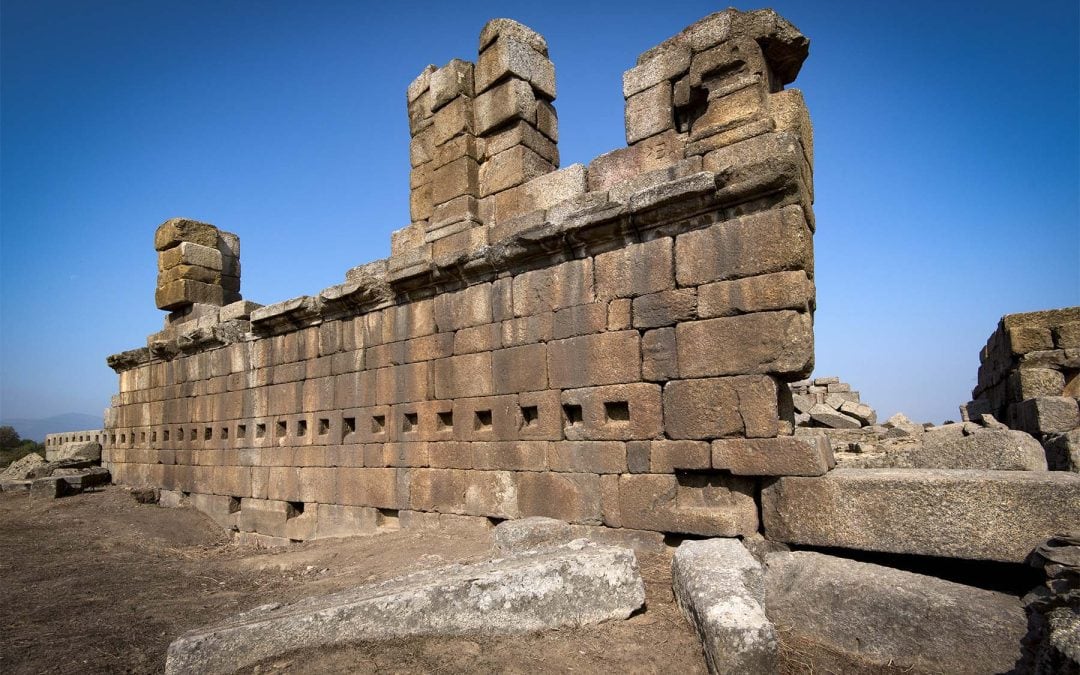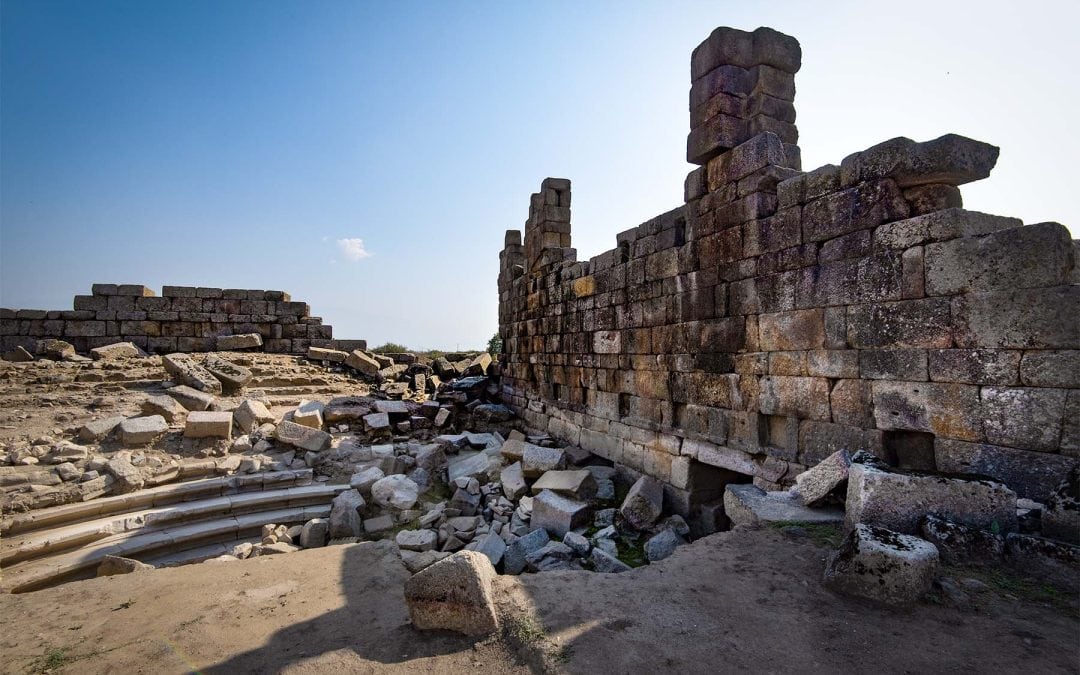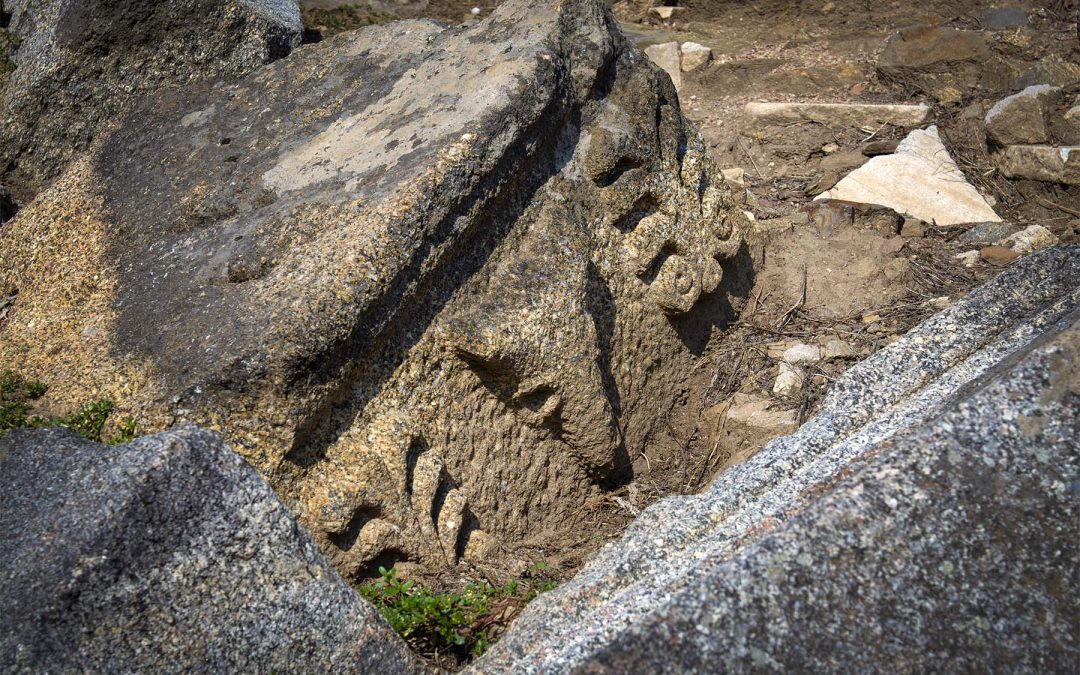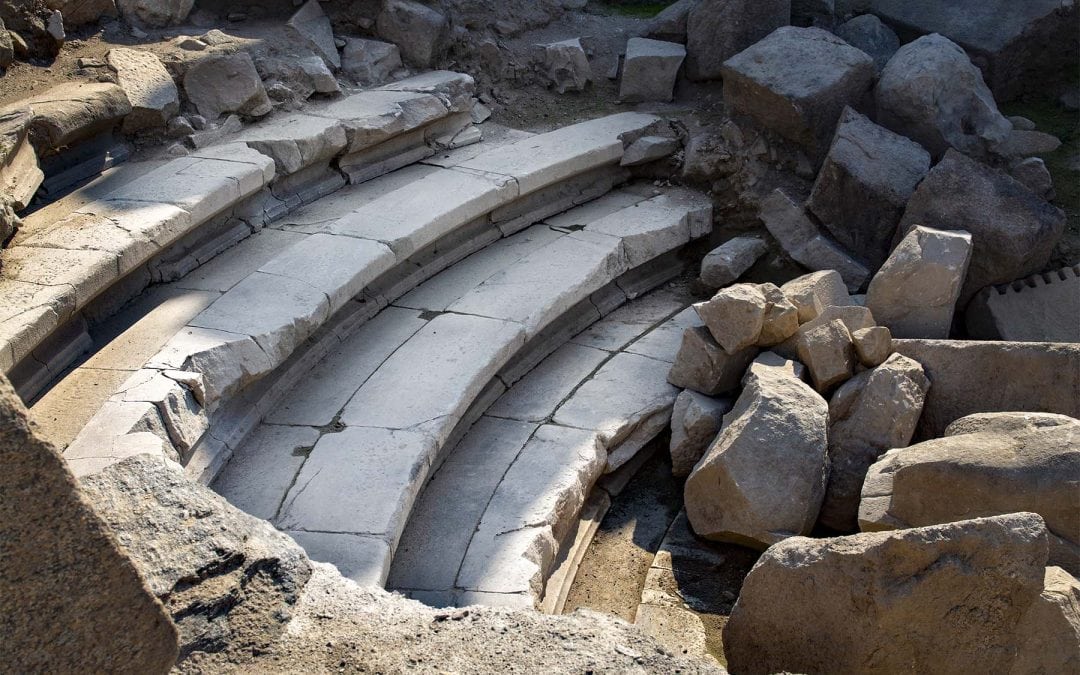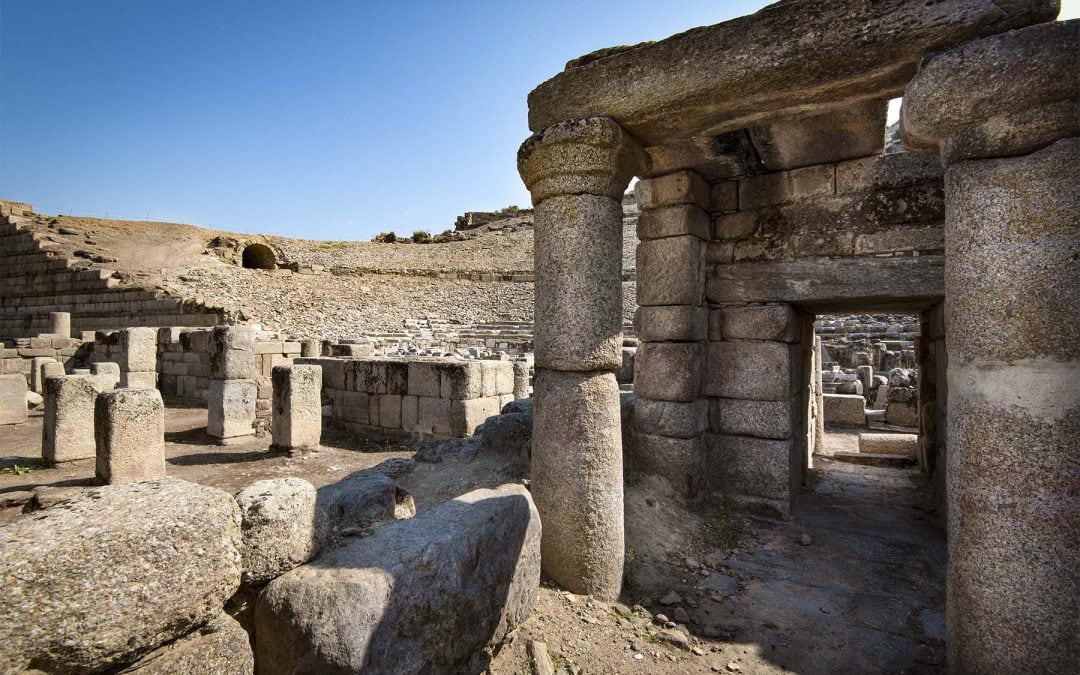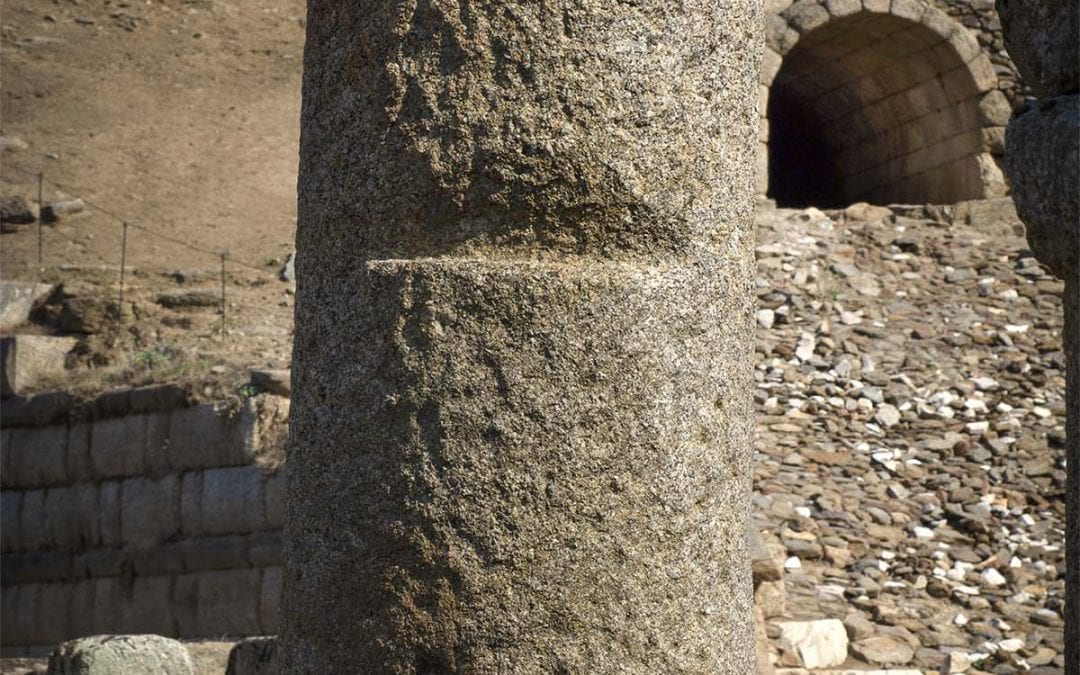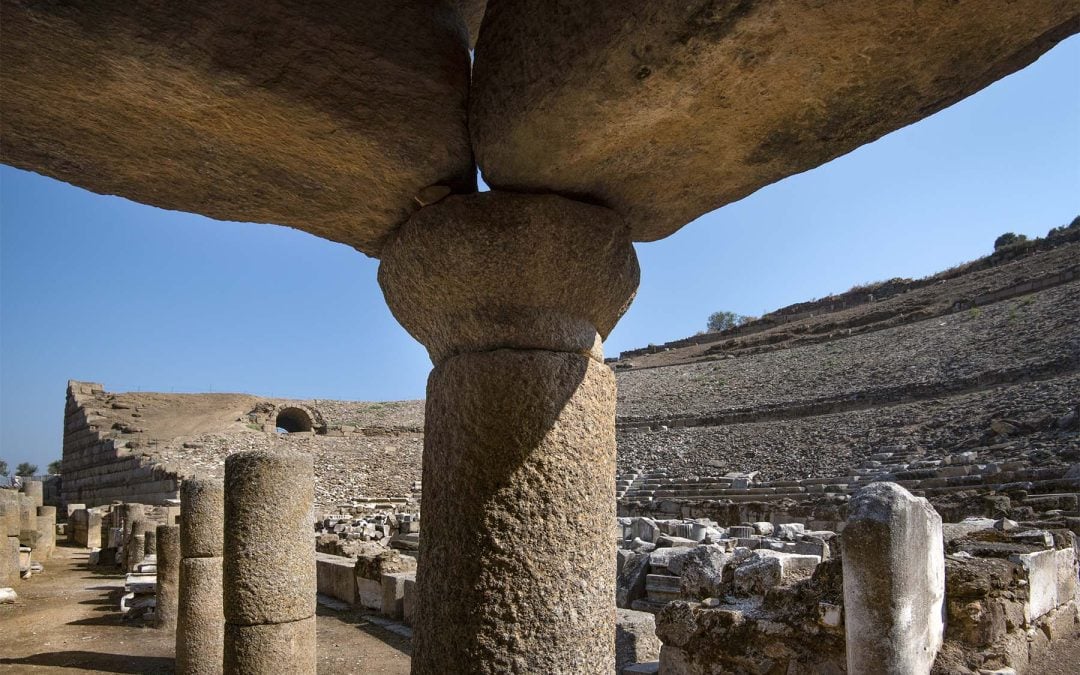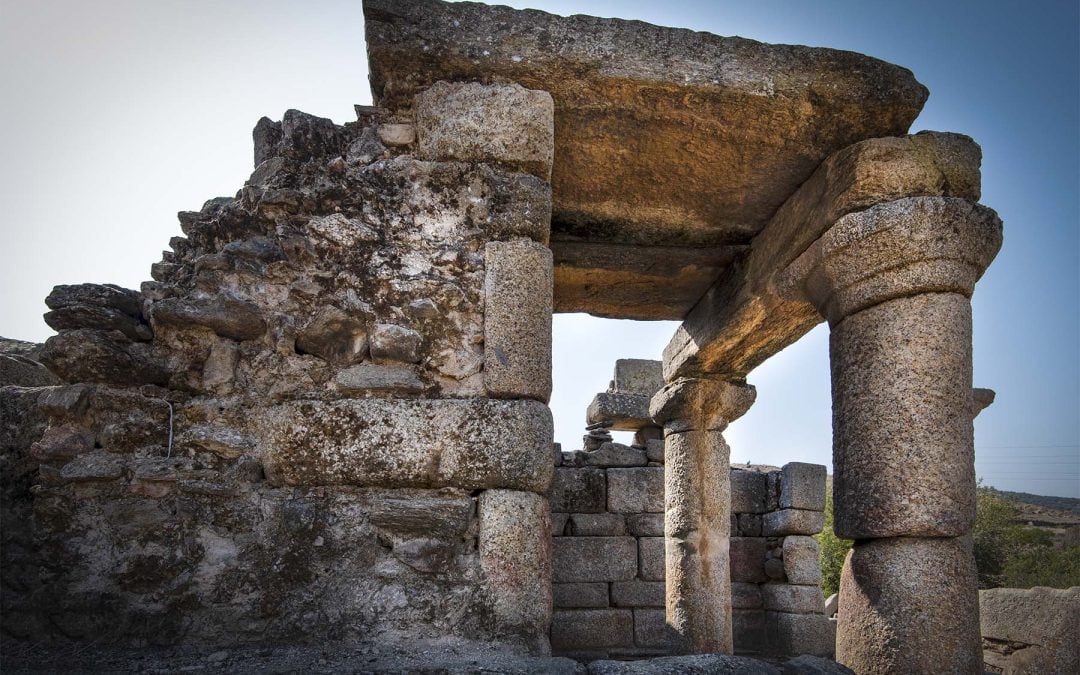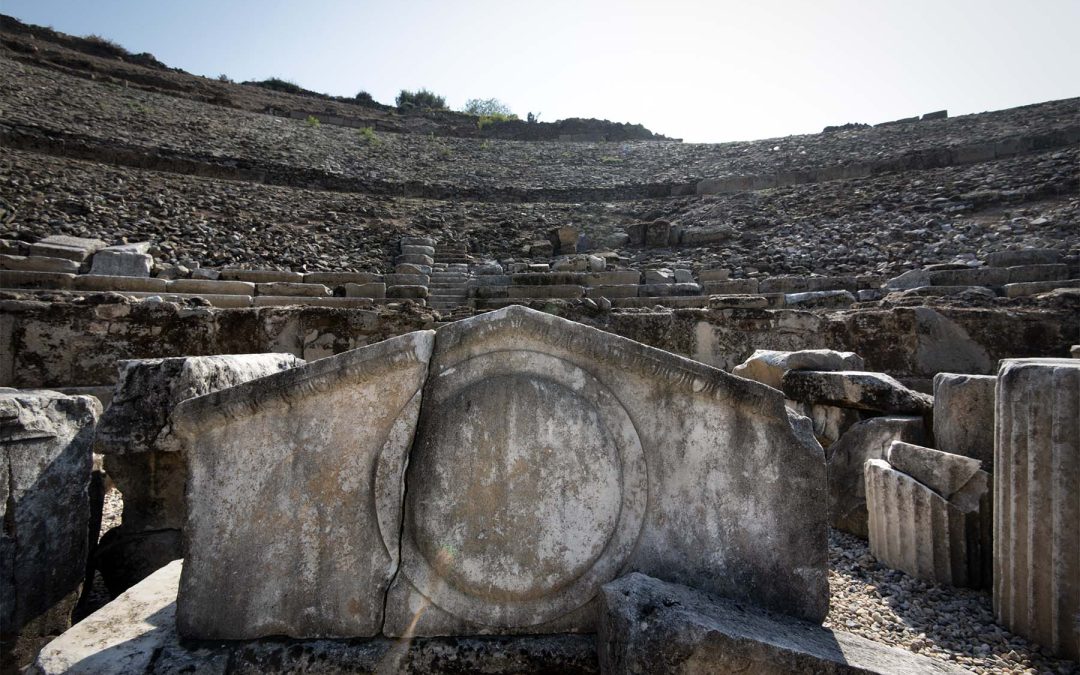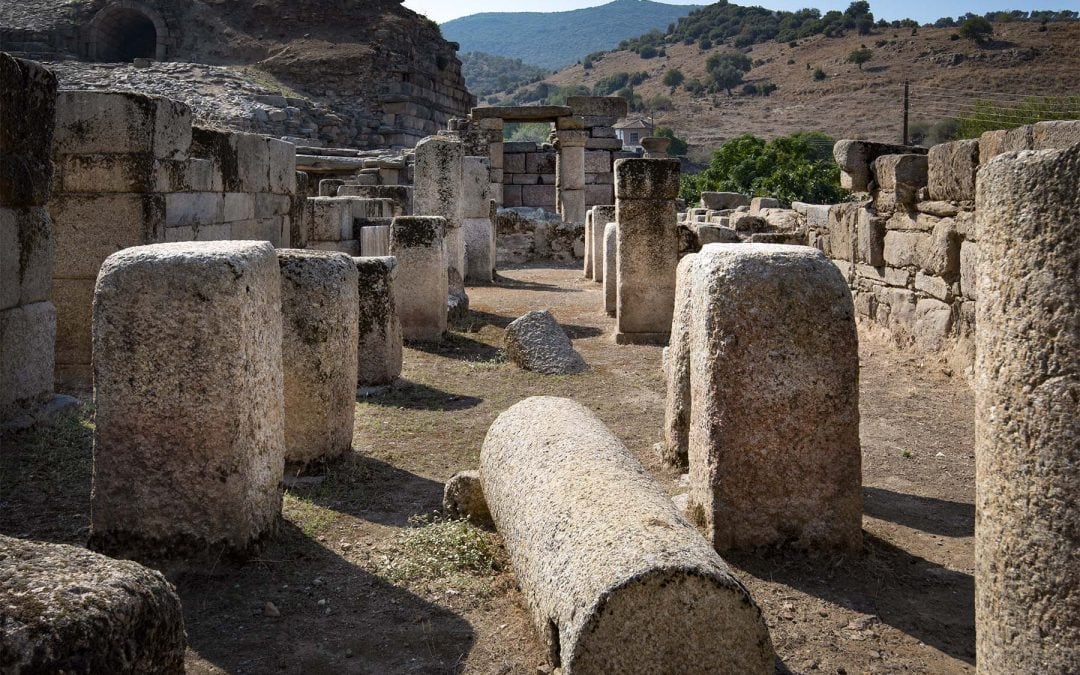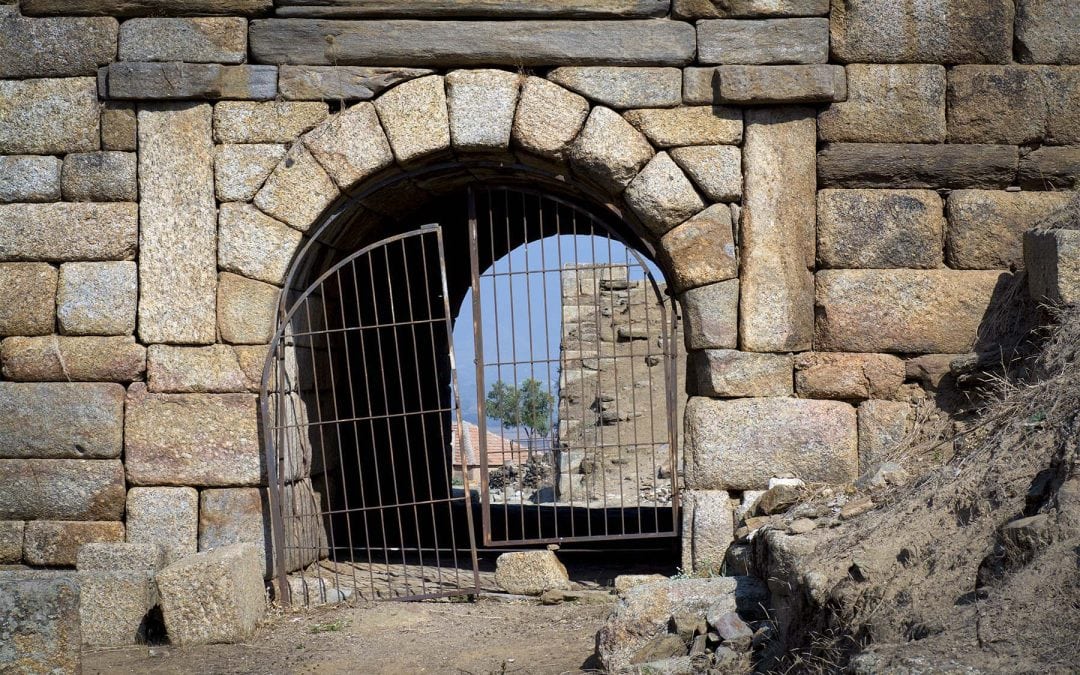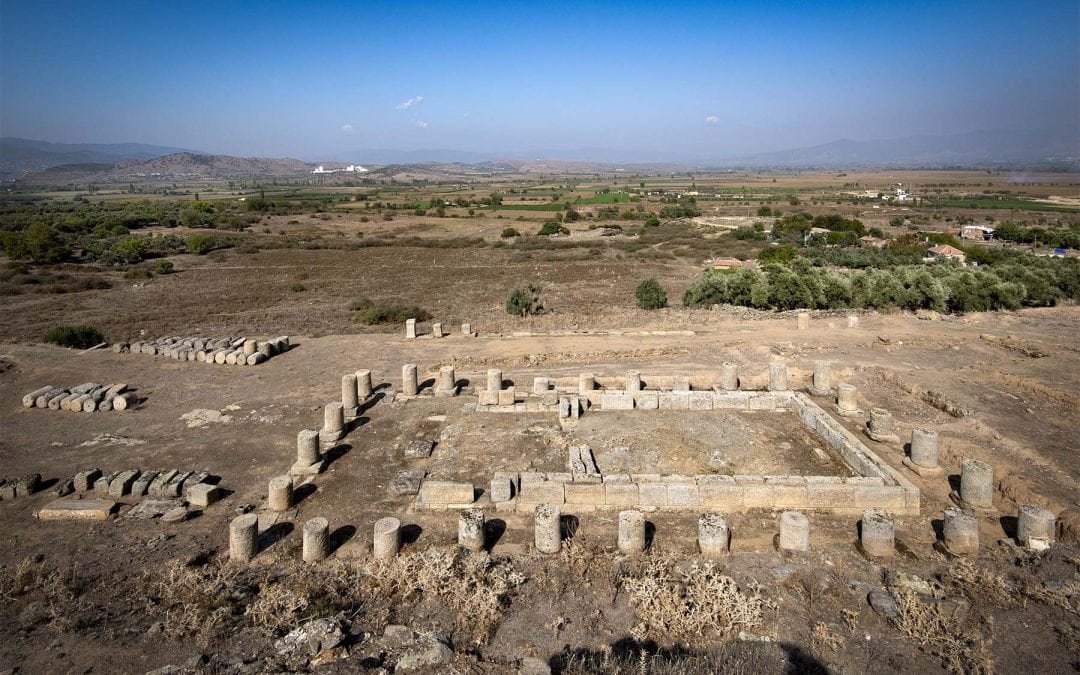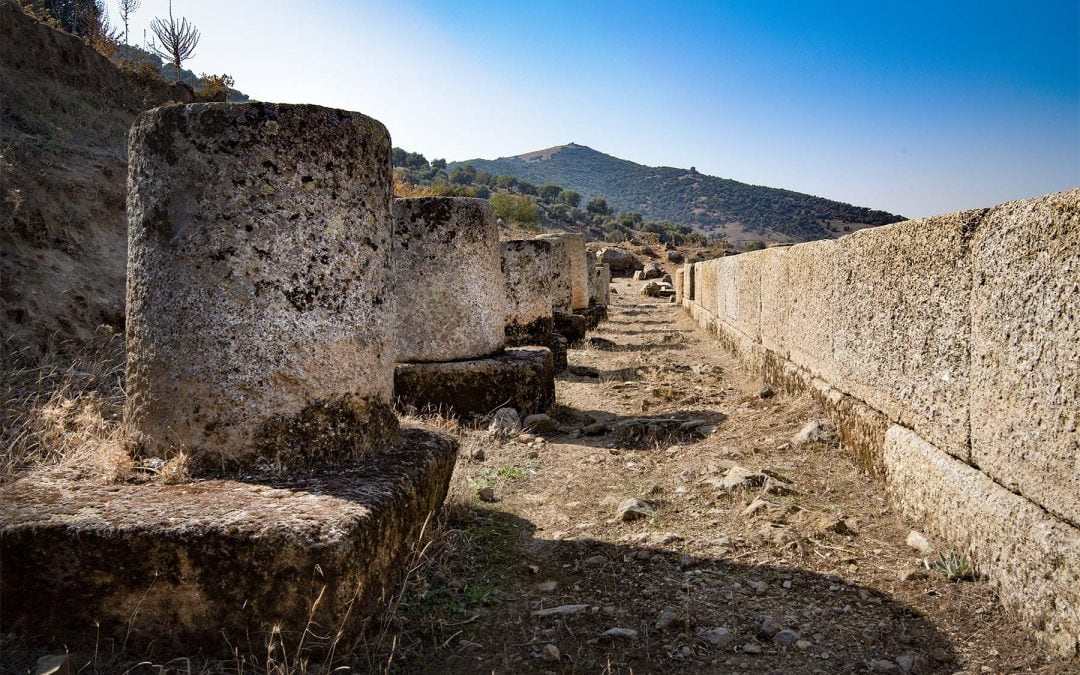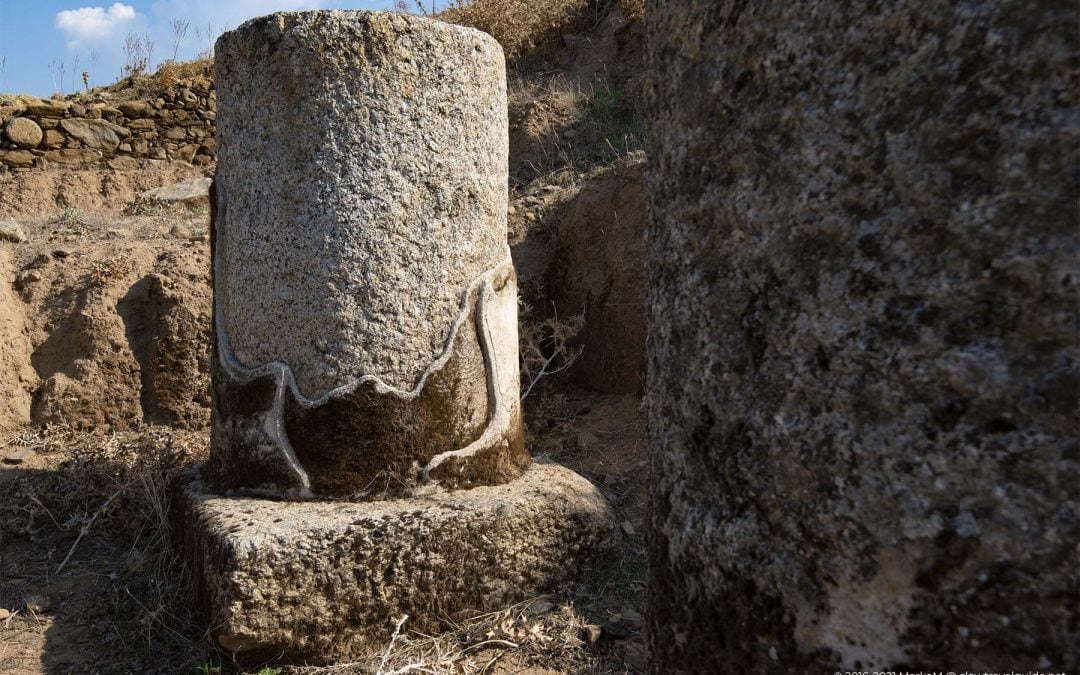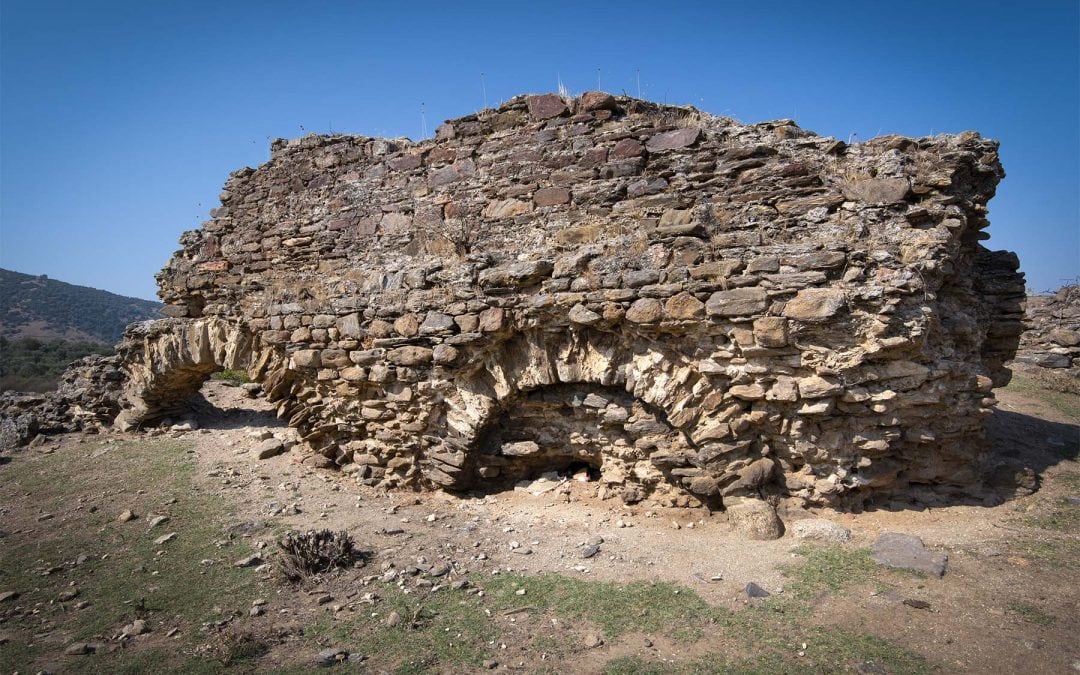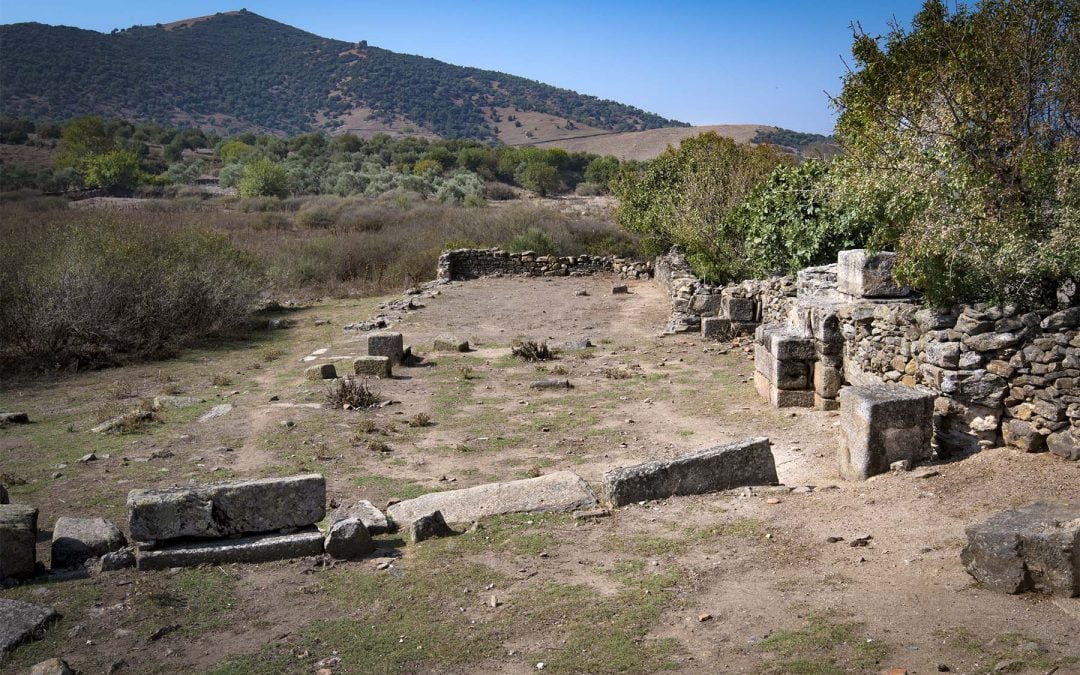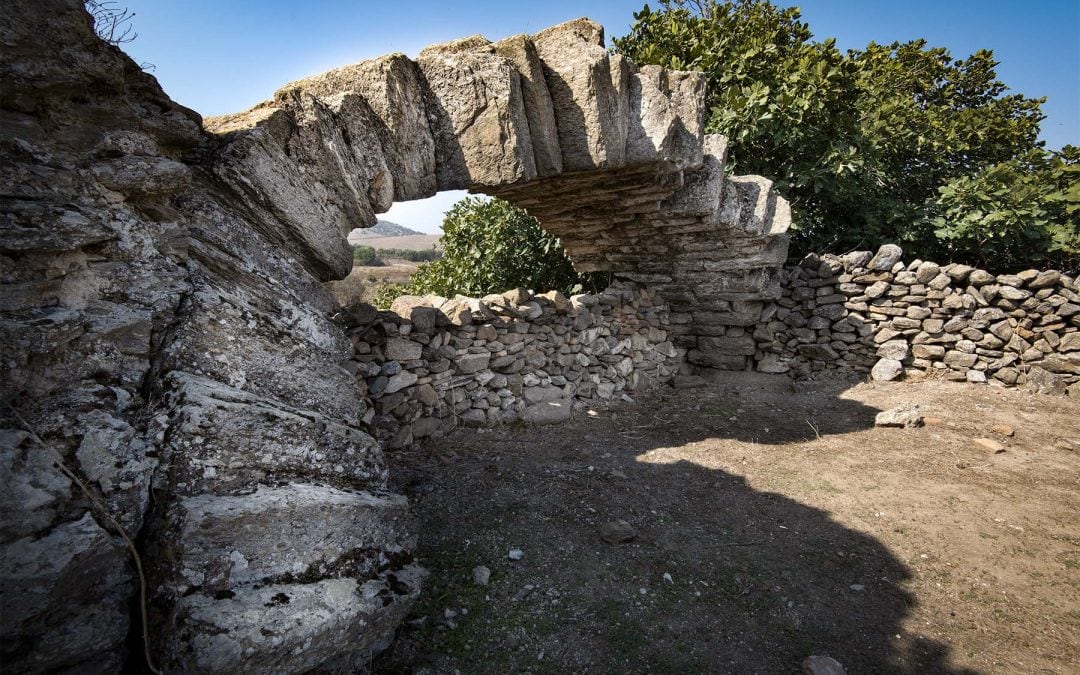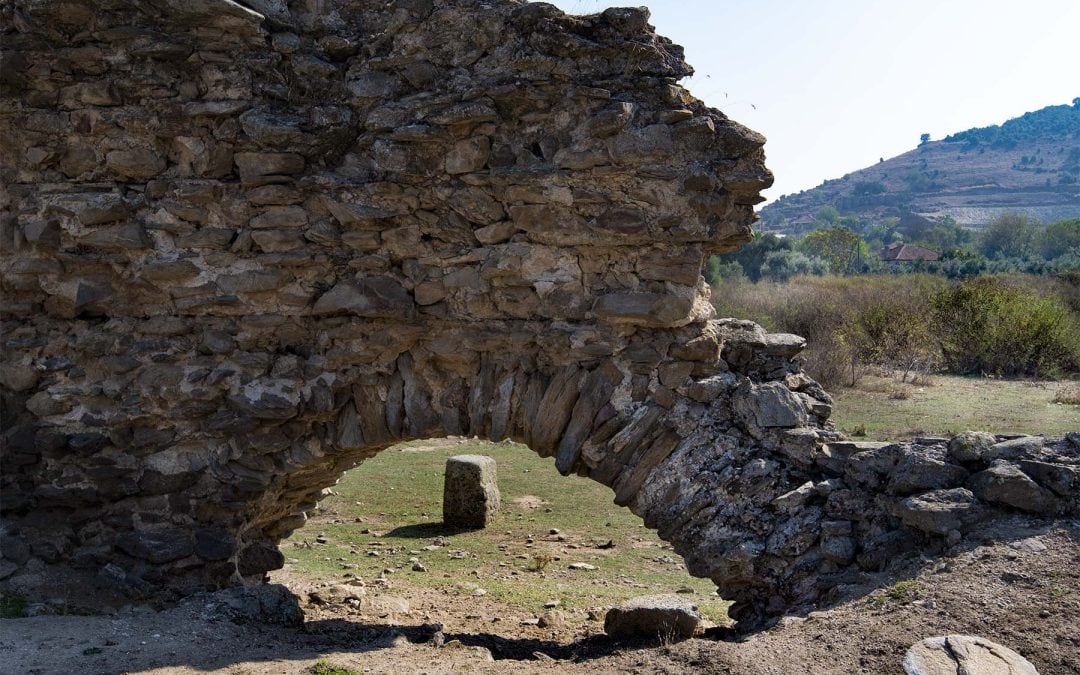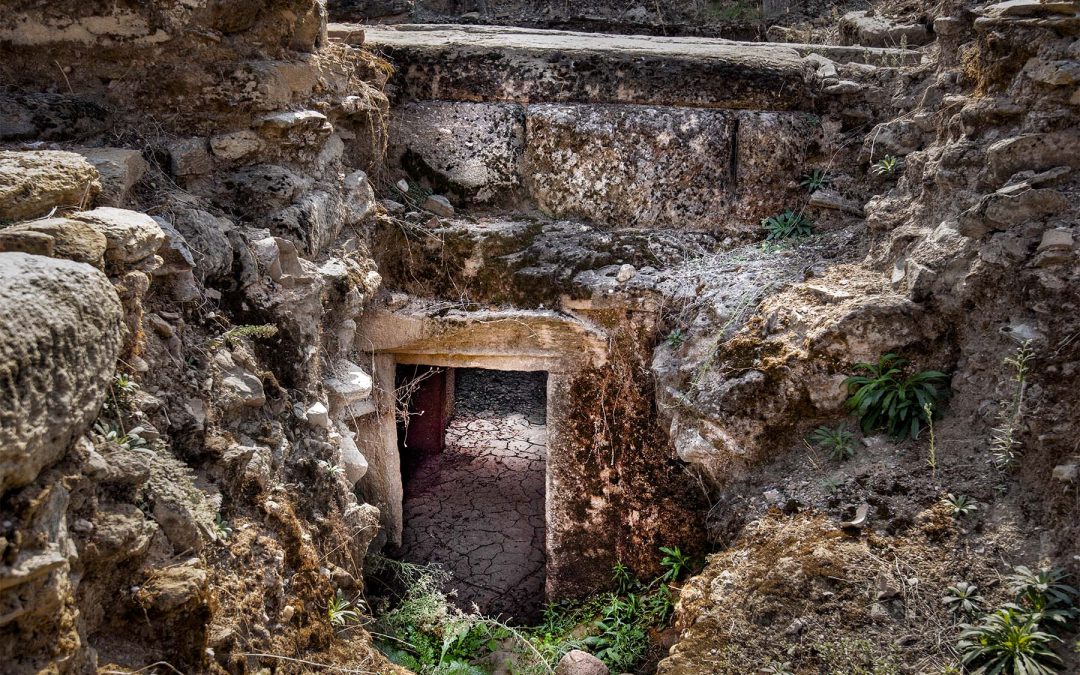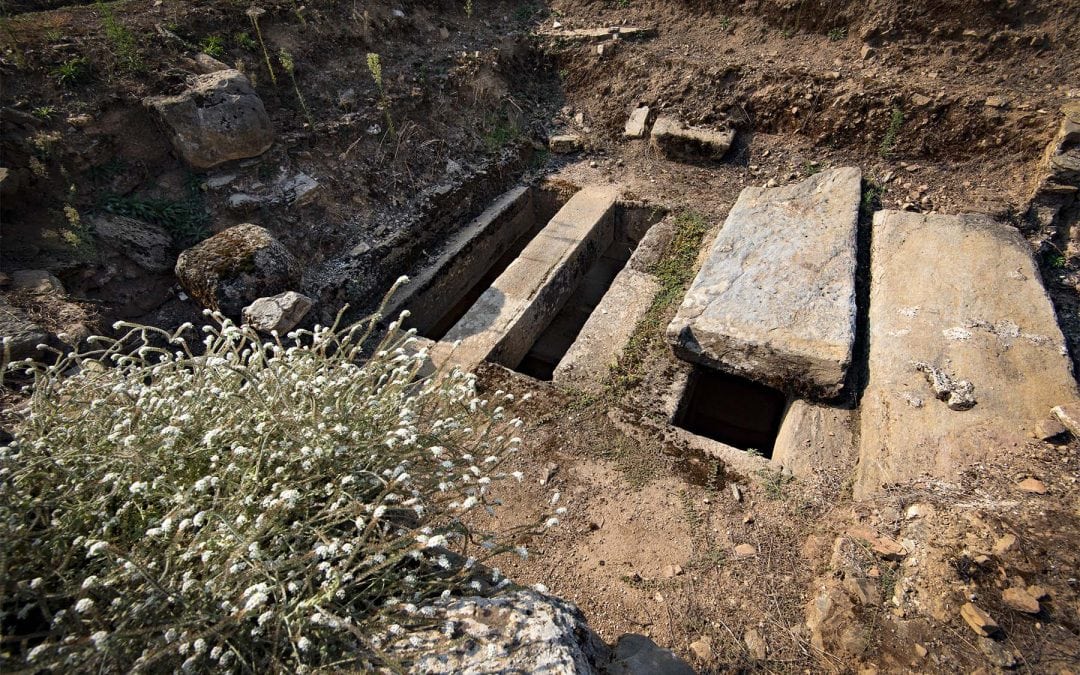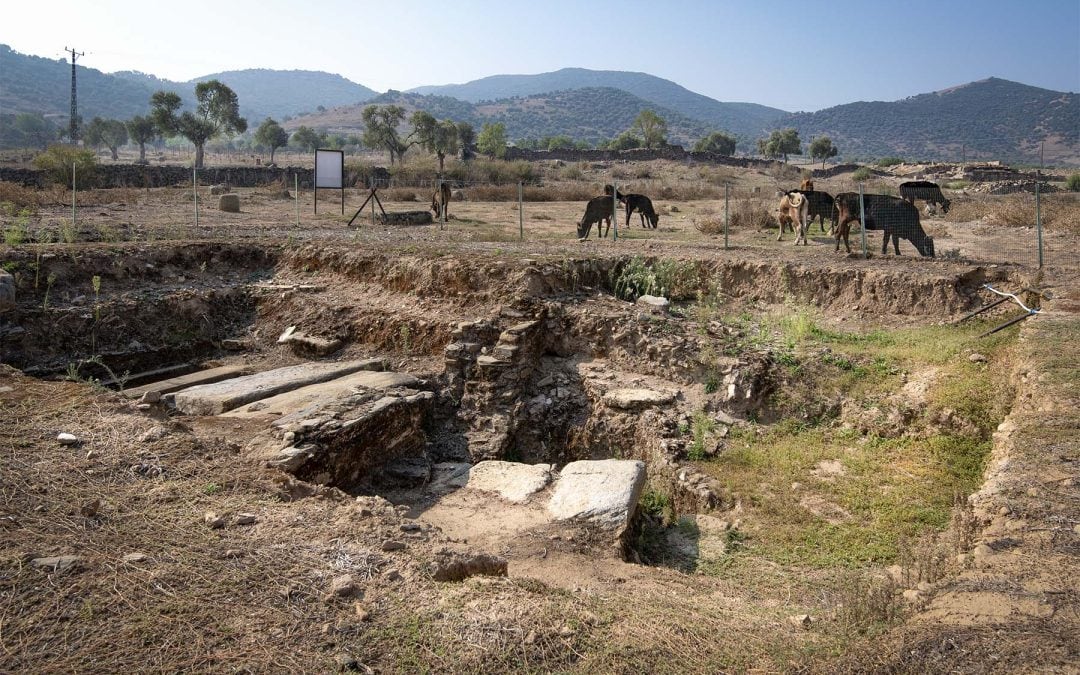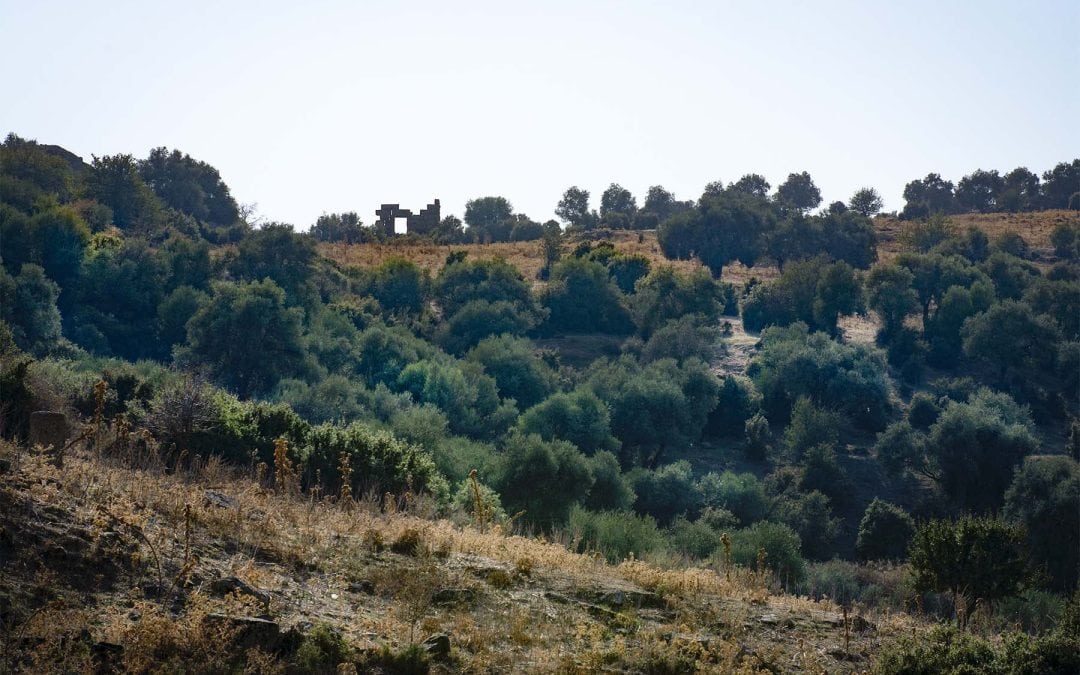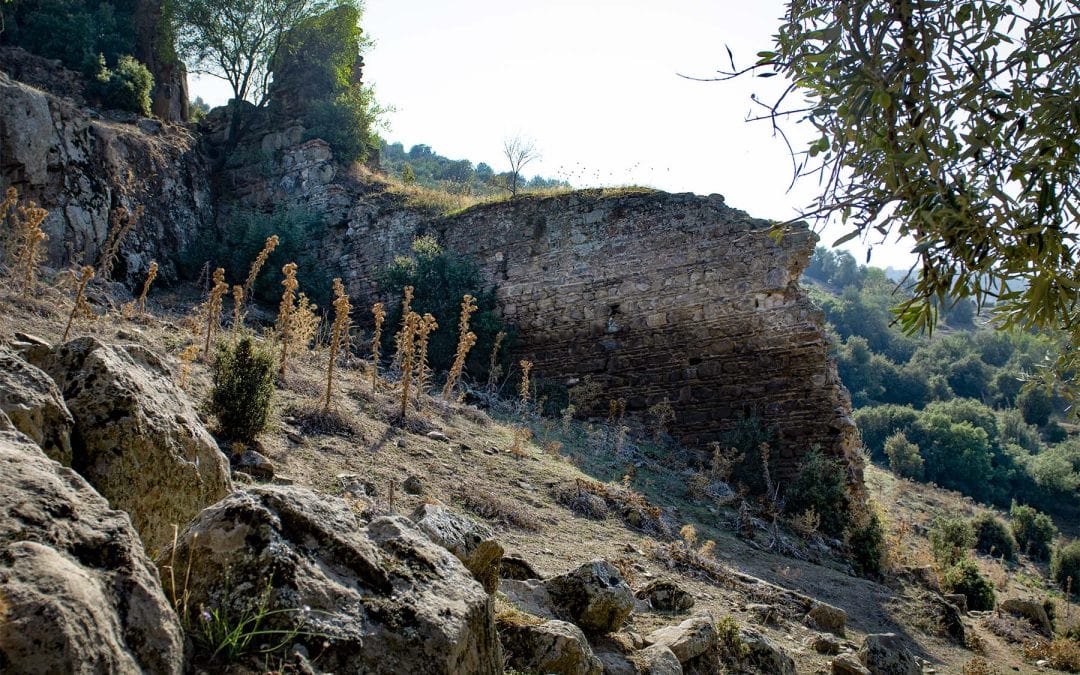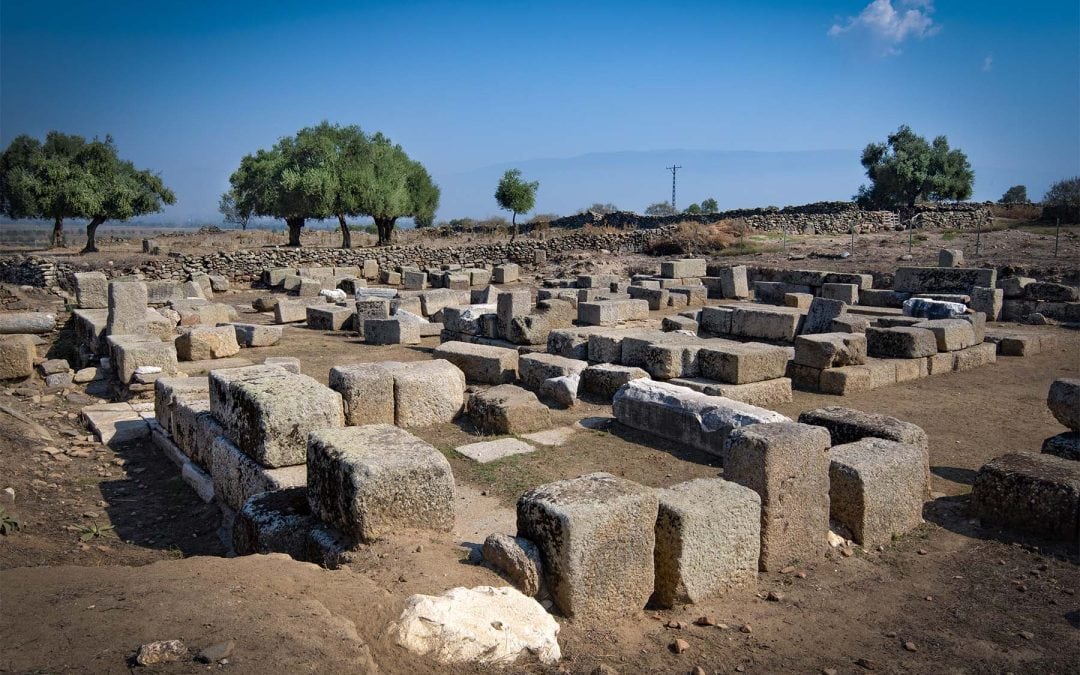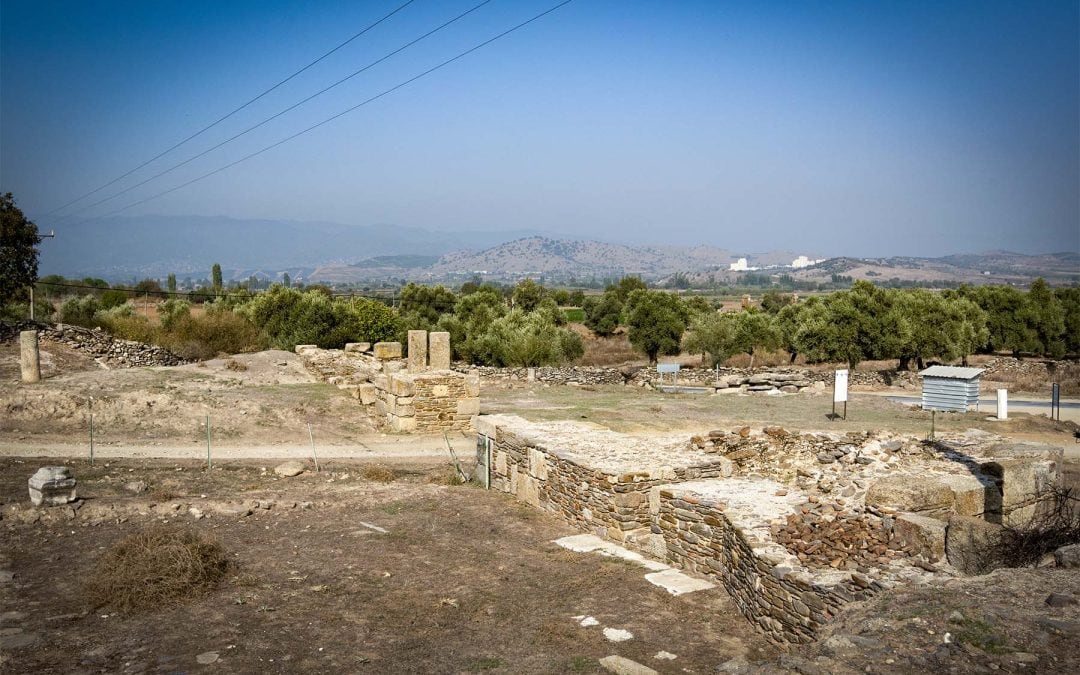Ancient Site At The Countryside
By Slowtravelguide
The Ancient Site
Alabanda is not well known by the public. Alabanda is located in Araphisar, near the village of Doğanyurt, Aydın. The ruins sit in the middle of the village, or to be more precise; the village is built on the ruins of Alabanda. There are a lot of farms in the area, and the farmers go on with their daily life; cows are everywhere.
The Village
You will find information boards at many locations, the site sits in a rural setting and felt very peaceful when we visited. Excavations were going on on a Classical Chamber Tomb a little out of the village.
The Theatre at Alabanda is without a doubt the most impressive building on the site.
Historical
Alabanda sits on the customs road from Lycia to Iona and has a strategic position. Mylasa and Stratonikea were named by Strabon together with Alabanda. The earliest mentions were found in Hittite sources; the city was named Waliwanda.
Being founded in the 4th Century BC, Alabanda was already a substantial settlement. Legend indicates that the name Alabanda comes from combining the Carian words for horse (ALA) and victory (BANDA). Not all sources agree with this legend’s explanation, and different studies contradict each other. Another Source said the city was settled by Abandos, the son of Euhippos, a Carian hero. However, there is no actual proof for either explanation.
It is difficult to grasp what the size of the Agora at Alabanda must have been before it fell to pieces. Research shows that the Agora measured 110 x 73 m and had an Ionic Stoa surrounding the southwest entrance.
The Agora
The area is mainly a compilation of stones, columns, rubble, and olive trees, but in between is an area that reveals the clever water piping system below the Agora floor and a small section where the antique floor tiles are put back in place. Sometimes, little things like these are enough to leave a big impression.
More History
Alabanda was a member of the Chrysaorian League at the beginning of the Seleucid period before being captured by Philip V Of Macedon in 201 BC.
After the Battle of Magnesia, 190 BC, the Romans took over the city and saw it fall into the hands of the Parthians, who stole all its treasures. During the Byzantine Empire, the city was a bishopric.
The Bouleuterion
The bouleuterion sits next to the Agora. This construction from the Hellenistic era measures 36 m x 26 m. Some of the walls are very well preserved.
The interior of the building ultimately fell down, but some rows of the public seats survived. Still, there is enough left to get your imagination about how this building looked in its glory days.
The Bouleuterion (Council House)
Although the Bouleuterion has collapsed significantly, it remains an imposing building. Parts of the sitting area seats have been excavated and still look intact. Also, the South wall still stands.
The Bouleuterion (Council Chamber)
The Theatre
The most prominent structure still standing is the Theatre.
It was in use for about 600 years and fell into ruins in the Byzantine period.
Over time some changes were made; the scene building allegedly was repaired with stones from the Temple Of Zeus.
The Theatre
The most prominent structure still standing is the Theatre.
Since 1999, the Aydın Museum has carried out excavations and cleaning works in the theatre. The rows of seats in the theatre are marble , but the rest of the structure is constructed from local granite and gneiss.
The Theatre
During its 600 years of existence, the theatre underwent 2 phases of renovation, in the Roman and the Late Antique’s periods.
A new performance area was introduced in the Theatre ‘s orchestra area by making alterations to accomodate gladiator combats and special shows.
What To Expect
How To Get There: Private or rental car (Check the map below).
Nearest Airport: Bodrum Milas Airport.
Parking: Yes.
Terrain: Easy (Please wear sturdy shoes).
A Stroll: No.
Entry: Free.
Facilities: No (Carry plenty of water).
Best Time To Visit: All year, depending on the weather.
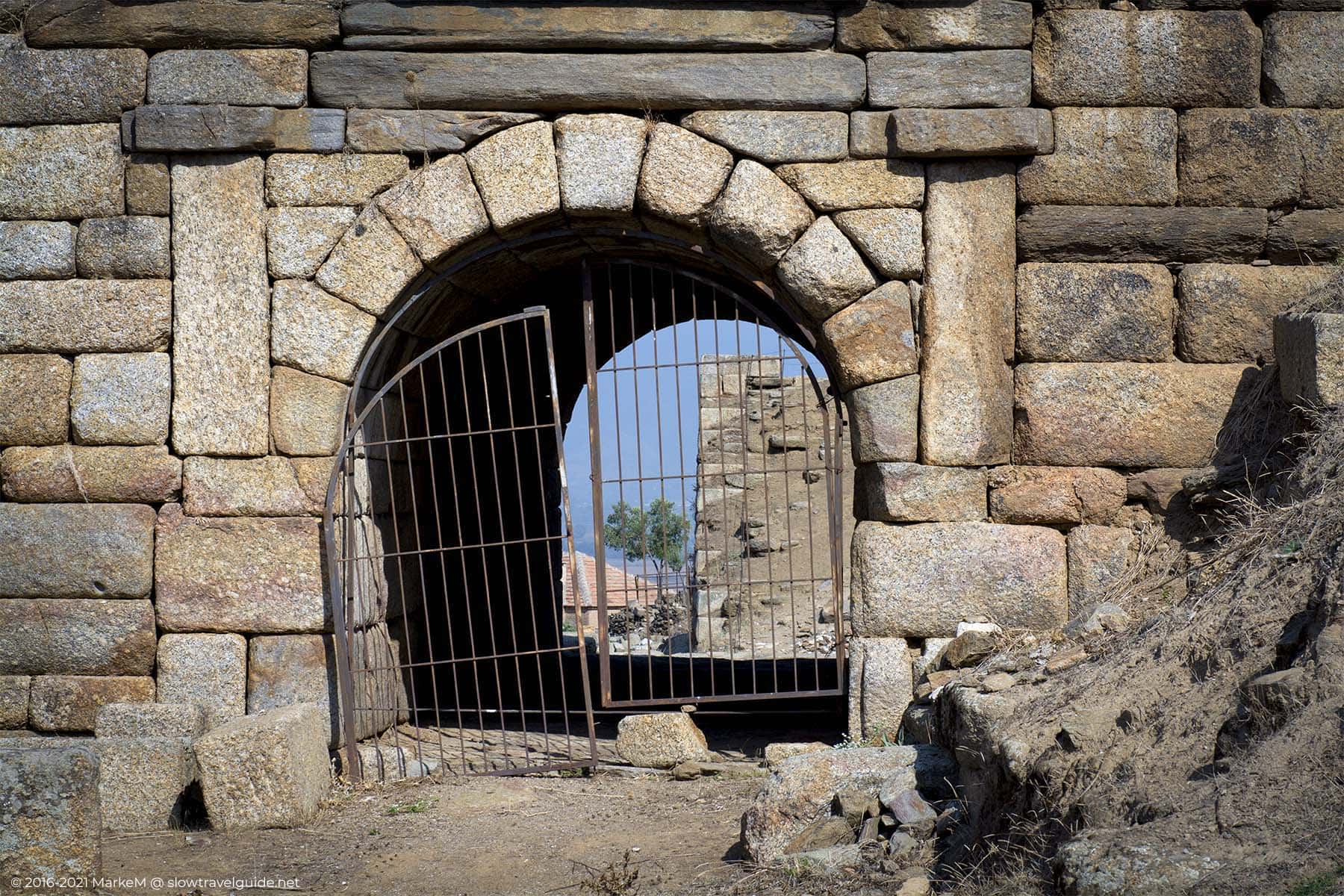
The Temple Of Zeus Chrysaoreus
To the North West of the Theatre sits the remains of the temple of Zeus. The Doric Temple was dedicated to Zeus, who was a cult God at Alabanda. Part of the temple (columns) was used to reconstruct the stage building of the Theatre in the 4th Century AD.
In his 1904 excavation, Halil Ethem Bey classified the structure as a Doric temple.
The Temple Of Zeus sits on a little hill overlooking the village and the rest of the ancient site, a perfect spot for some meditation about what it must have been like in the early days.
The Temple
Inside the Temple’s Temenos area, excavators found an altar with a labrys, an attribute to Zeus, which identifies the building as a temple dedicated to this God. There was the labrys on one side, and on the other, a wreath-shaped ornament.
The Central Baths
All the Central Baths’ remains are underground. The Bath complex dates back to the Roman Imperial Period. It consisted of 3 elements—a Frigidarium or cold baths, a Tepidarium or warm baths and Caldarium or hot baths. The building measured at its longest side, around 65 m.
The Classical Chamber Tomb
It is always pleasant to visit a site, ‘well’ prepared and still stumble into unexpected ruins; in this case, the Classical Chamber Tomb was only a hole in the ground with a hidden entrance at the side.
The tomb measures 2,50 m x 2,55 m. Before you enter the chamber, there is a small chamber with seats on each side.
Alabanda Surroundings
In the area around Alabanda, you’ll also notice some necropoles, remains of city walls and watchtowers on the hills, and the ruins of another temple: the Temple of Apollo Isotimos. Entering the site, you’ll see the remains of the Byzantine fortification walls.
Alabanda
Little information you find online does justice to this site. It’s not a second Ephesus, of course, but it deserves a visit. Researchers and archaeologists beautifully reconstructed some parts. Look at the staging area at the Theatre and the Classical Chamber Tomb.
If you have any questions about a place, feel free to ask. You can send us a message through our contact page, or leave a comment on our Instagram or Facebook pages.
You can also join our group Turkey Travel Photography on Facebook to share your lovely photos or experiences about Turkey.
Places We Recommend

Alinda
There are a lot of reasons why an ancient site is interesting to visit. Alinda ticks a lot of boxes. Alinda has a lot of everything: Located on a hill with beautiful surroundings, integrated into a village, pleasant atmosphere and several other attractions in the neighbourhood, Lake Bafa, Alabanda ancient site and more. (Read More)
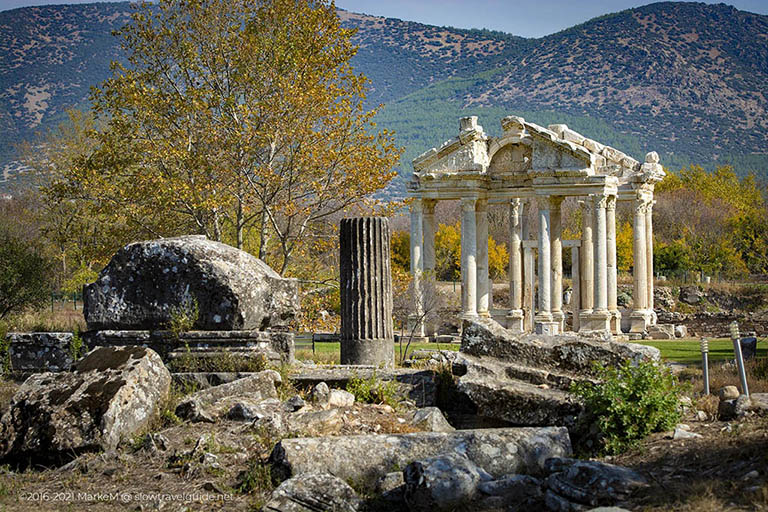
Aphrodisias
Aphrodisias was not always the name of the site. The history of Aphrodisias goes back to the late Neolithic period. Other names for Aphrodisias were Lelegonpolis, Megalopolis, Ninoi, Karya and Geyre, which is still the village’s name today where Aphrodisias (a UNESCO site by the way) is located. (Read More)

Lagina
Lagina is a Sanctuary dedicated to Hekate. It is a mysterious cult that is devoted to the goddess of witchcraft and magic, to the moon and the night, and the ghosts.
Enough, I think to pay it a visit, let the photos already give you a tour of the site. (Read More)
© 2016-2022 All rights reserved by slowtravelguide.net.
The content of this website is copyright protected and the property of slowtravelguide.net.No part of this website may be reproduced in whole or in part in any manner without the written permission of the copyright owner.
Copyright ©2016-2022 Tüm hakları saklıdır. Bu (slowtravelguide.net.) web sitesinin içeriği koruma altındadır ve slowtravelguide.net.Buradaki hiçbir içerik (yazı,fotoğraf,video vb.) izinsiz olarak kopyalanamaz, alıntı yapılamaz,başka yerde yayınlanamaz.

